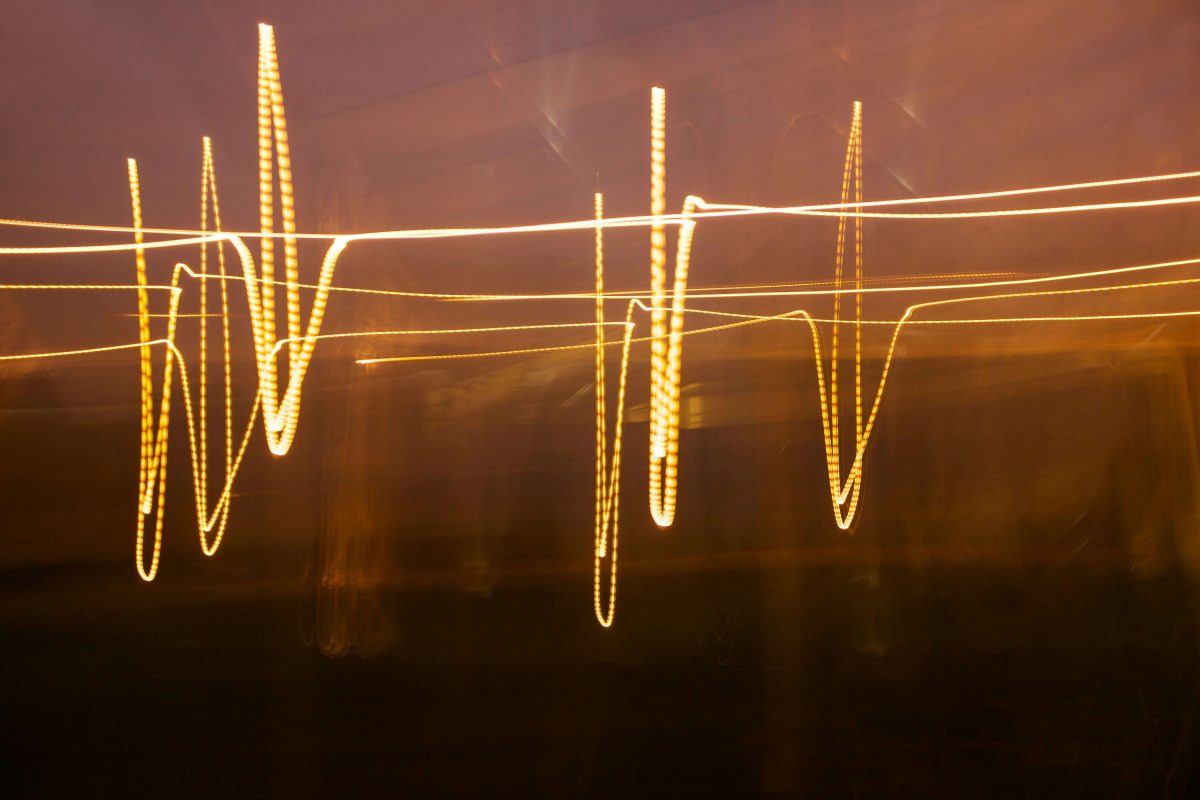Below is a clear, grounded look at what they are, how to use them, and what to expect. No magic promises. Just practical guidance you can try today.

What are Solfeggio frequencies?
Solfeggio frequencies are specific tones that some traditions associate with particular emotional or spiritual qualities. The set most people refer to includes six core tones:
396 Hz often linked to letting go of fear and guilt
417 Hz associated with easing heavy emotions and transitions
528 Hz popularly called the “love” or “repair” tone
639 Hz said to support connection and relationships
741 Hz connected with clarity and expression
852 Hz linked to insight and intuition
You will also see an “extended” set that adds 174 Hz, 285 Hz, and 963 Hz. There is a lot of history and lore around these numbers. The modern claims about exact effects are not well established by rigorous research. That does not mean the tones are useless. It means we should use them the same way we use any soothing practice — with curiosity, gentle expectations, and attention to how your body responds.
What Solfeggio can help with
In my clinical work, I see the benefit less as “this frequency heals that issue” and more as a structured way to bring mindful attention to your senses. When used well, Solfeggio tracks can:
Signal safety to your nervous system, which helps reduce stress reactivity
Create a consistent ritual that cues your brain to focus or rest
Mask environmental noise so your mind can settle
Anchor attention during meditation or breathwork
Think of them as a supportive background that makes your inner work easier. The change still comes from your breath, your attention, and the choices you repeat.
How to choose a frequency
There is no single “right” frequency. Start simple:
For anxiety and grounding: try 396 Hz or 417 Hz
For heart-opening or emotional warmth: try 528 Hz or 639 Hz
For study and clear thinking: try 741 Hz
For quiet reflection: try 852 Hz or 963 Hz
For body comfort and deep rest: try 174 Hz or 285 Hz
If you do not notice a difference in a few sessions, switch. Your nervous system is unique. Let results guide you rather than labels.
Three therapist-designed ways to use Solfeggio
1) A 5-minute reset between tasks
When: workday transitions, after difficult calls, before a date or social plan
How:
Put on a 396 Hz or 417 Hz track at low volume.
Sit with feet grounded.
Inhale for 4, hold 2, exhale for 6, pause 2. Repeat for 10 cycles.
Name one thing you will do next. Then begin.
Why it works: the longer exhale stimulates your parasympathetic system. The tone is a steady anchor that keeps you present.
2) Focus block for study or deep work
When: writing, exam prep, creative flow
How:
Choose 741 Hz for clarity or 528 Hz if you prefer a warmer feel.
Set a 25-minute timer.
Keep volume low enough that you can still hear your thoughts.
When your mind wanders, label it “thinking” and return to the task.
Repeat for two or three cycles with 5-minute breaks. This blends gentle sound with proven time-boxing.
3) Sleep wind-down ritual
When: 30 minutes before bed
How:
Lights low, screens away.
Play 174 Hz or 285 Hz softly.
Try this body scan: “Relax forehead, eyes, jaw, tongue, shoulders, chest, stomach, hips, thighs, calves, feet.”
If thoughts loop, whisper “not now” and return to the tone.
Do this nightly. Consistency matters more than duration.


